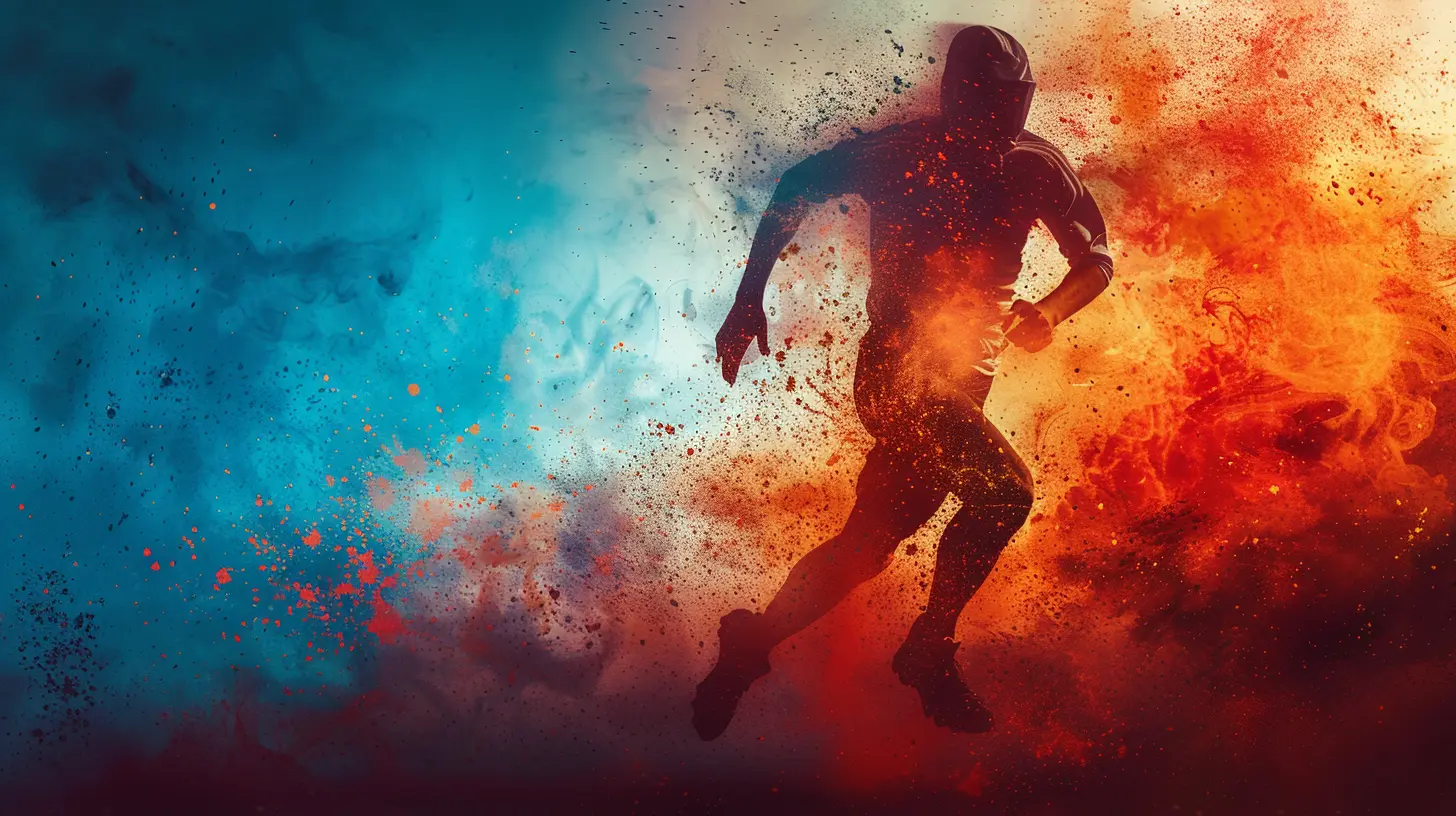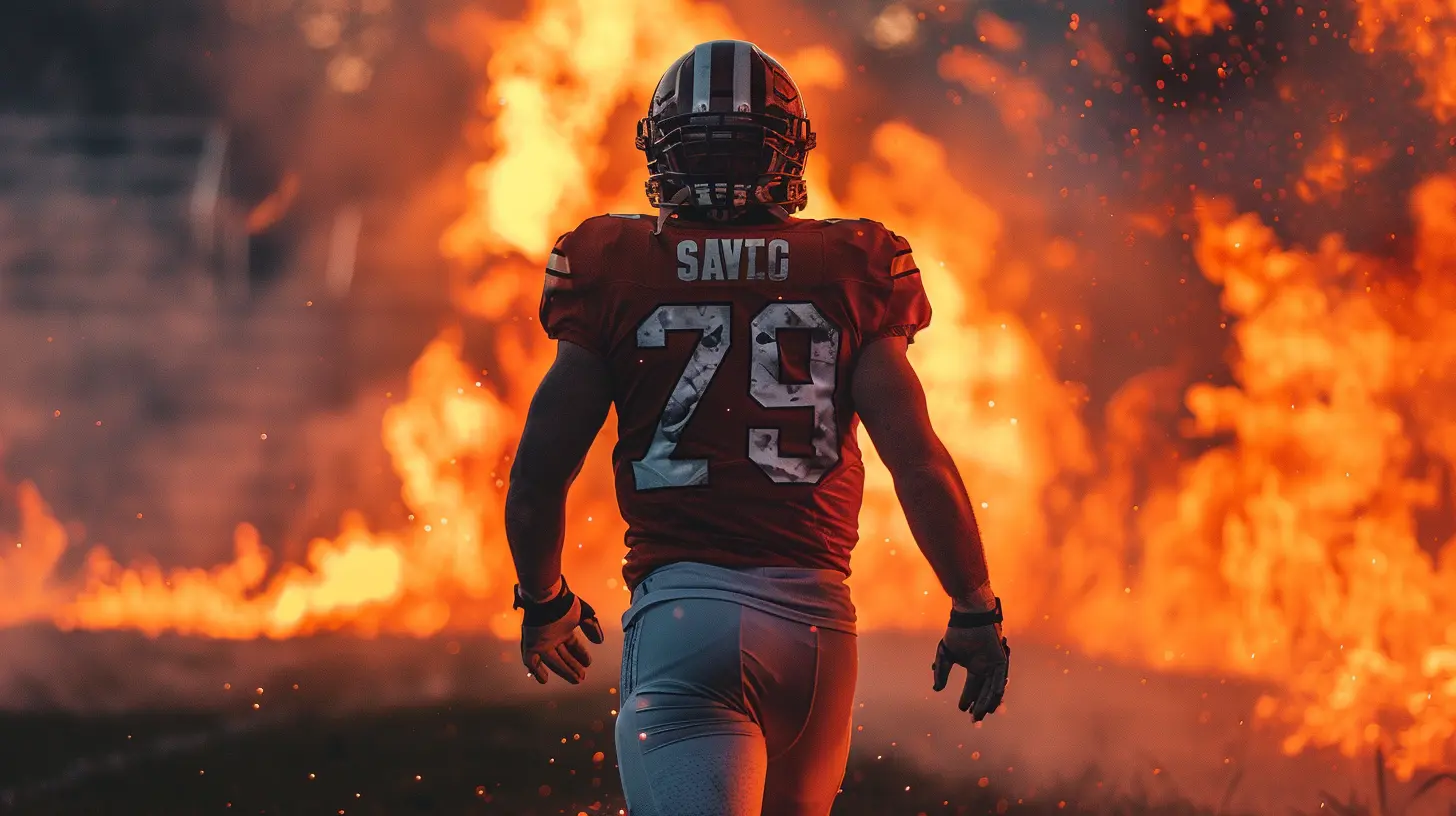The Role of a Coach in Injury Recovery and Preventing Burnout
6 June 2025
Sports are thrilling, intense, and often filled with moments that test both the body and the mind. But let's be real for a second—athletes aren't robots. They get tired, injured, and sometimes, mentally drained. This is where a coach steps in, not only to guide training but also to play a vital role in injury recovery and burnout prevention.
Coaches are like the unsung heroes in the shadows, constantly working behind the scenes to keep athletes at their peak performance while also ensuring they don't burn out or get sidelined by injuries. In this post, we’re diving deep into the crucial role coaches play in these two significant areas: injury recovery and preventing burnout. Whether you’re an athlete, an aspiring coach, or just curious, stick around—there's a lot to unpack!

The Coach as a Key Player in Injury Recovery
Initial Assessment and Communication
When an athlete gets injured, it's not just about the physical pain. It’s also a mental blow. The first thing any good coach does is ensure clear communication between the athlete, medical professionals, and themselves. This is crucial.A coach needs to understand the injury to create a recovery plan that doesn’t push the athlete back into action too soon. It’s like balancing on a tightrope. Push too hard, and the injury could worsen. Be too cautious, and the athlete might lose the competitive edge. But with proper communication, a coach can help the athlete find that sweet spot.
Emotional Support and Motivation
Ever been injured? If so, you know how frustrating it can be to sit on the sidelines, watching your teammates while you’re stuck in physical therapy. That emotional toll is huge. This is where the coach comes in as a motivator.A great coach understands that recovery isn't just a physical process; it’s mental too. They keep the athlete’s spirits up, remind them of their ultimate goals, and ensure that they don’t lose their passion or drive during recovery. Coaches provide the necessary pep talks and encouragement, keeping the athlete focused on the light at the end of the tunnel.
It’s like being a cheerleader, but with a much deeper connection to the athlete's journey.
Customized Recovery Plans
Not all injuries are created equal, and neither should recovery plans be. A coach works closely with the medical staff to create a tailored recovery plan that aligns with the athlete’s specific needs.For example, a sprinter recovering from a hamstring injury will have an entirely different recovery regimen than a basketball player dealing with a sprained ankle. The coach adjusts training loads, introduces alternative exercises, and gradually reintroduces the athlete to their sport.
Coaches also understand the importance of pacing. You wouldn’t run a race without warming up, right? Similarly, coaches make sure that the athlete isn’t rushed back into intense physical activity until they’re ready. And yes, sometimes that means holding the athlete back, which can be tough, but it's for their long-term benefit.
Monitoring Progress and Making Adjustments
The recovery process isn’t a straight line; it’s more like a roller coaster, full of ups and downs. Coaches need to be agile, constantly observing the athlete’s progress and making necessary adjustments to the recovery plan.Maybe an exercise is causing discomfort, or perhaps the athlete is progressing faster than expected. Either way, a coach needs to be adaptable, tweaking the plan as needed to ensure the athlete is healing properly without compromising their future performance.
In essence, the coach becomes the project manager of the athlete’s recovery, ensuring every part of the plan is executed flawlessly, while also being flexible enough to adapt when things don’t go as planned.

Preventing Burnout: The Coach’s Role in Mental and Physical Well-being
Recognizing the Signs of Burnout
Burnout doesn’t happen overnight. It’s a slow, creeping process that can be hard to detect—unless you know what to look for. Coaches, especially those who are deeply involved in their athletes' lives, are often the first to spot the warning signs.These signs can be physical (like fatigue, frequent injuries, or poor performance) or mental (a lack of motivation, irritability, or a general sense of being "off"). A coach who knows their athlete well can pick up on these subtle cues long before burnout fully sets in.
Think of it like spotting storm clouds on the horizon. If you see them early enough, you can prepare before the storm hits.
Balancing Workloads and Recovery
One of the best ways to prevent burnout is through proper workload management. Coaches are like air traffic controllers—they need to keep everything in balance. Too much training can lead to overuse injuries and mental exhaustion, while too little training can leave an athlete feeling underprepared and anxious.A good coach strikes that delicate balance. They know when to push their athletes, when to ease off, and how to introduce rest periods that allow for recovery. They also understand that recovery isn’t just about physical rest. Sometimes, an athlete needs a mental break too—whether it’s a day off, a lighter training session, or even a fun, low-pressure practice. Mixing things up can do wonders for morale.
Encouraging a Holistic Approach to Health
Burnout isn’t just about too much training; it’s often a sign of imbalance in an athlete’s overall life. Coaches who take a holistic approach to wellness—focusing on nutrition, sleep, mental health, and even social life—are better equipped to prevent burnout.For instance, if an athlete isn’t sleeping well or is under a lot of stress outside of sports, no amount of training adjustments will stop burnout. A coach who encourages balance, self-care, and even mindfulness can help athletes stay fresh and focused, both physically and mentally.
Building Trust and Open Communication
Let’s face it: athletes can be stubborn. They often want to push through pain, fatigue, and stress because they’re focused on results. They might downplay how they’re feeling, which can lead to burnout or injury.This is why building trust is key. A coach needs to create an environment where athletes feel comfortable speaking up about how they’re really doing. It’s not just about training; it’s about being human. When athletes trust their coach, they’re more likely to communicate openly about their struggles, allowing the coach to step in and make adjustments before things spiral out of control.
It’s like having a best friend who knows when something’s wrong, even when you don’t say it outright.
Mental Training and Stress Management
In today’s high-pressure world of sports, mental toughness is just as important as physical strength. Coaches play a significant role in helping athletes develop mental resilience, which can go a long way in preventing burnout.Whether it’s teaching them mindfulness techniques, guiding them through visualization exercises, or simply encouraging them to take mental breaks when needed, a coach’s focus on mental well-being can make all the difference.
Think of mental training as the oil that keeps the engine running smoothly. Without it, even the most powerful engine will eventually seize up and stop working.

The Long-Term Impact of a Coach’s Role
Coaches are more than just trainers. They’re mentors, therapists, nutritionists, and sometimes, even friends. Their role in injury recovery and burnout prevention can have long-lasting effects on an athlete's career.When a coach gets it right—when they know how to balance training with recovery, when they can push without breaking, and when they can motivate without overwhelming—they create athletes who are not only physically strong but also mentally resilient.
These athletes are less likely to suffer long-term injuries, and they’re more capable of sustaining a high level of performance over the course of their careers. In essence, a coach’s role in injury recovery and burnout prevention isn’t just about the here and now—it’s about setting athletes up for lifelong success.

Wrapping It Up
A coach’s role in injury recovery and burnout prevention is multifaceted. They’re not just there to tell athletes how to train; they’re there to make sure athletes can keep training, recovering, and thriving. From creating tailored recovery plans and spotting the early signs of burnout, to being a source of motivation and emotional support, coaches are the glue that holds everything together.Injuries and burnout are inevitable in the world of sports, but with a good coach by their side, athletes can recover faster, stay motivated, and avoid the pitfalls that could otherwise derail their careers.
So, the next time you think of a coach, don’t just picture them on the sidelines yelling out instructions. Picture them as the lifeline that helps athletes navigate the ups and downs of a demanding career. They’re truly the unsung heroes in the world of sports.
all images in this post were generated using AI tools
Category:
Coach ProfilesAuthor:

Frankie Bailey
Discussion
rate this article
2 comments
Zarev McGinnis
Coaches: healers or just hype men?
June 10, 2025 at 4:16 AM

Frankie Bailey
Coaches can be both; they motivate and inspire, but effective ones also provide guidance and support in injury recovery and burnout prevention.
Levi Fry
Coaches are pivotal in fostering resilience, balancing training intensity, and promoting mental health during recovery.
June 9, 2025 at 2:42 AM

Frankie Bailey
Thank you! Coaches play a crucial role in guiding athletes through recovery and ensuring their mental well-being. Their support is essential for building resilience and preventing burnout.


